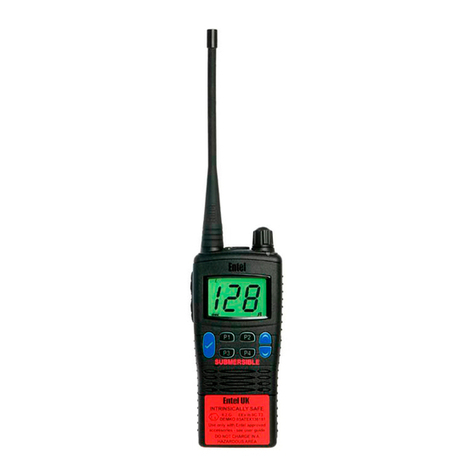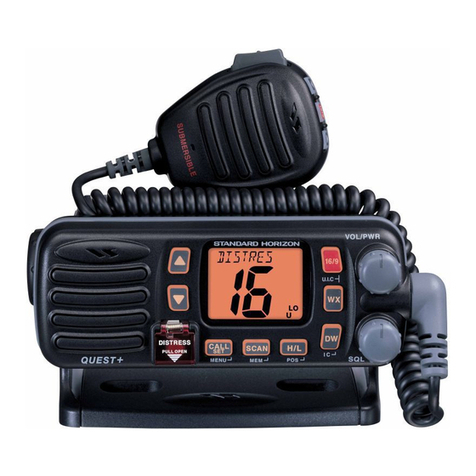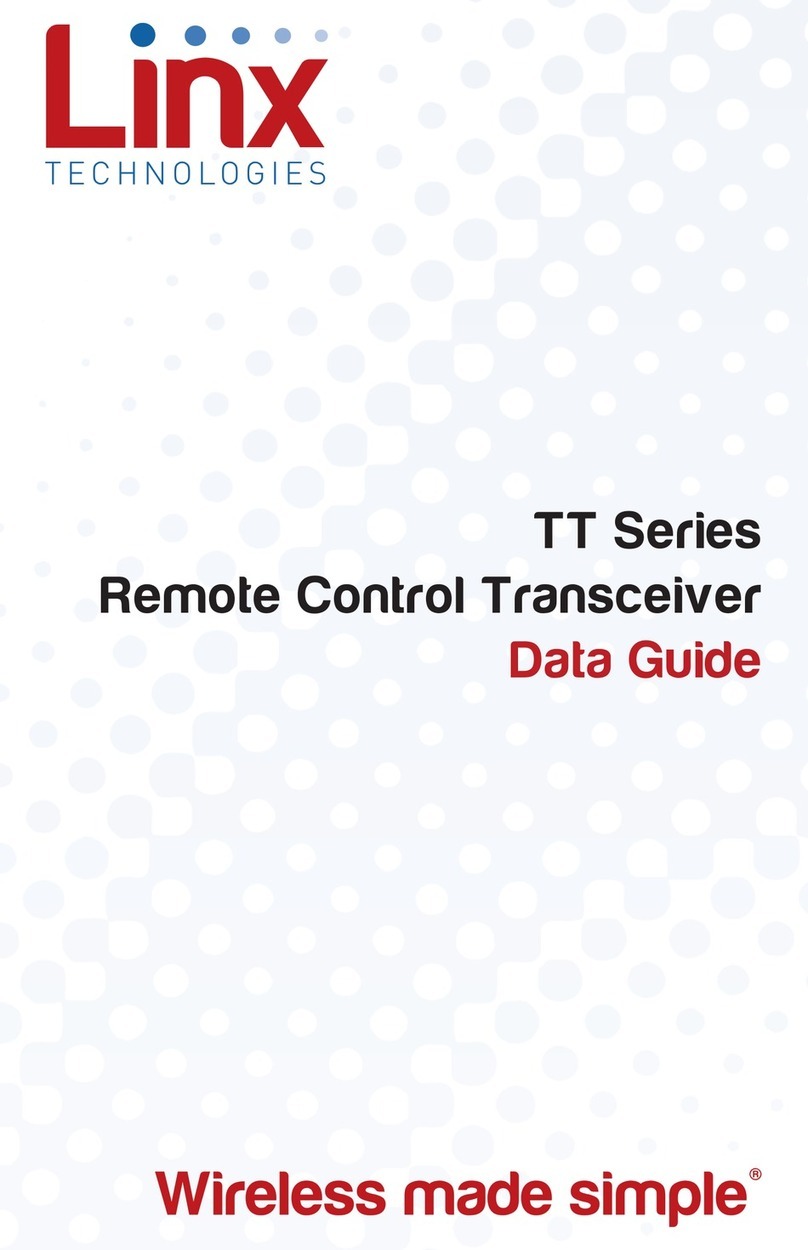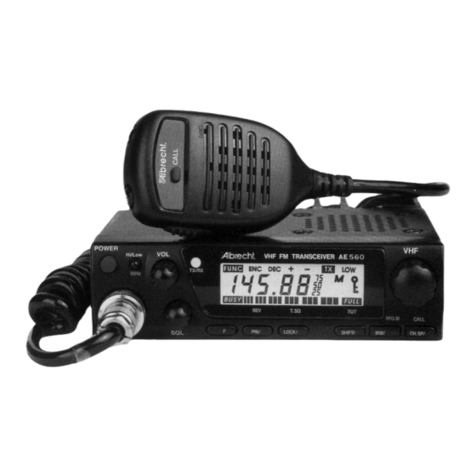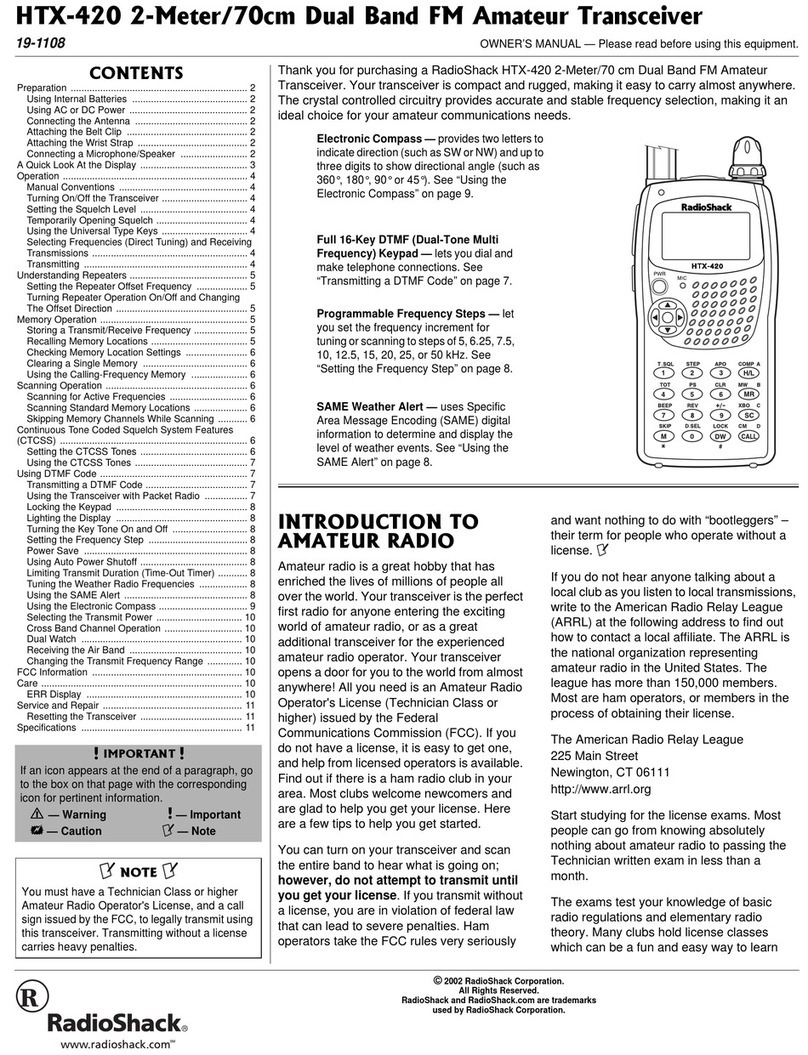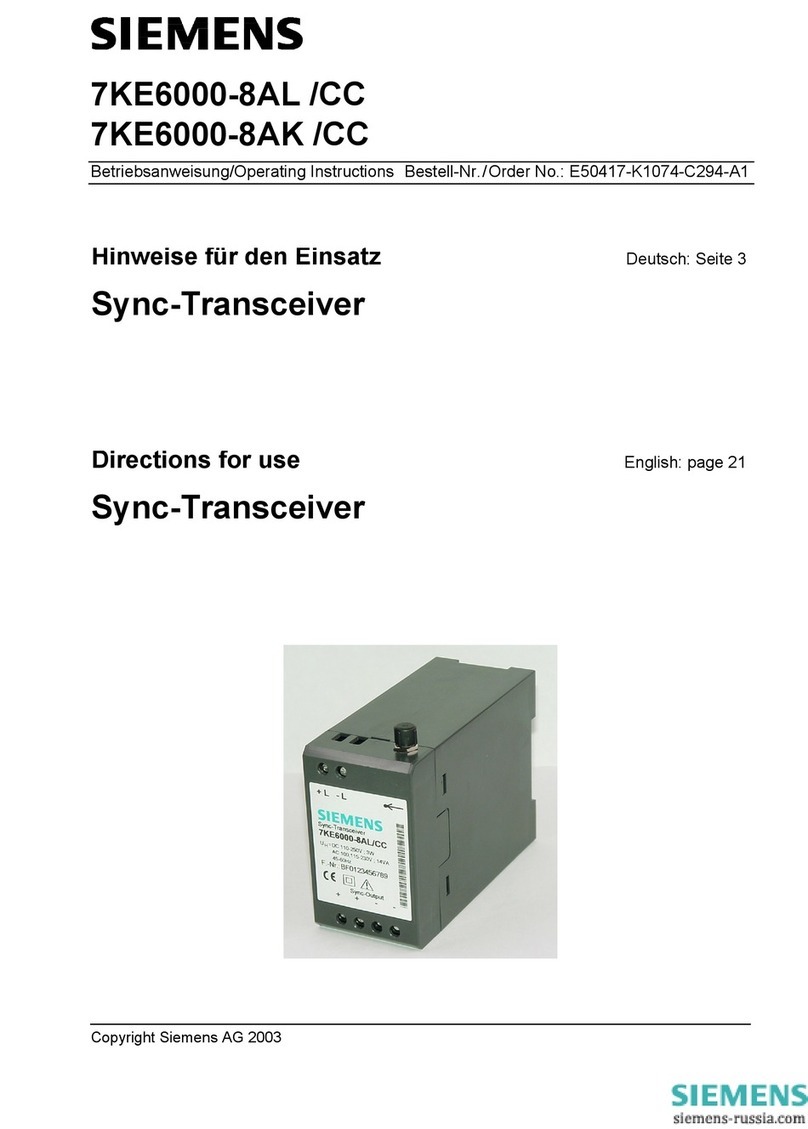Kongsberg SIMRAD IS15 Expander User manual




















Other manuals for SIMRAD IS15 Expander
4
This manual suits for next models
1
Table of contents
Other Kongsberg Transceiver manuals
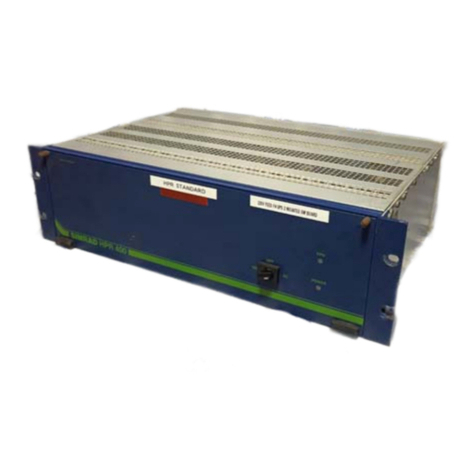
Kongsberg
Kongsberg HPR 400 User manual
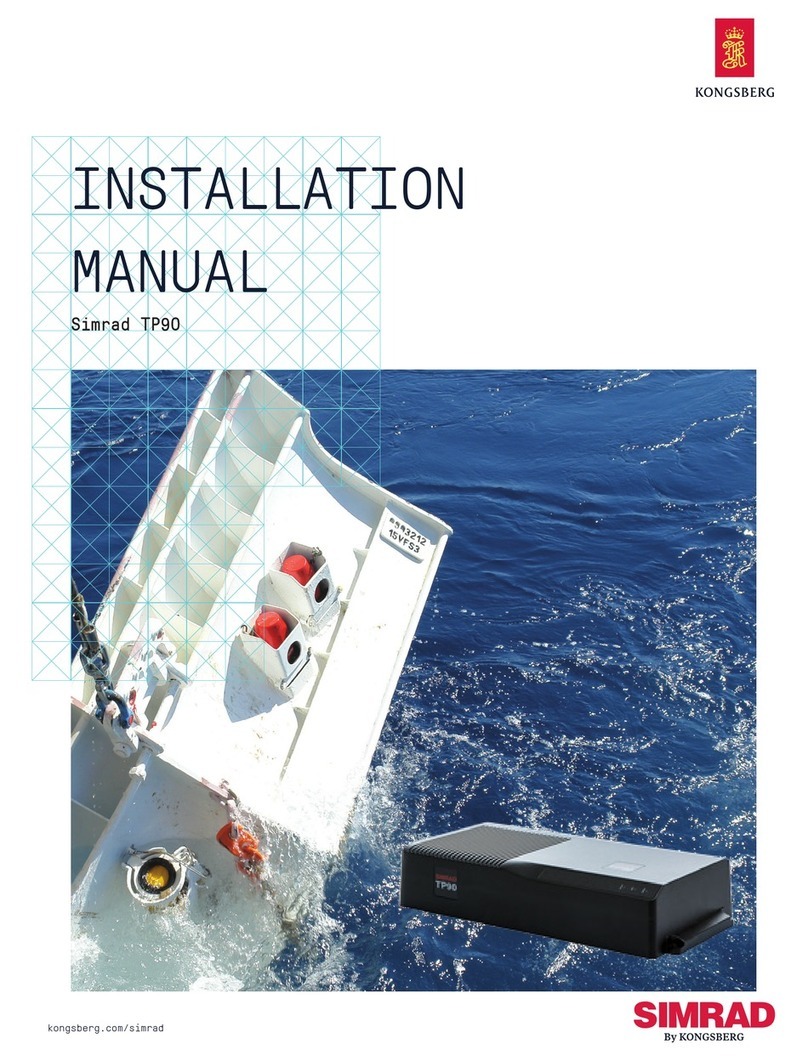
Kongsberg
Kongsberg SIMRAD TP90 User manual
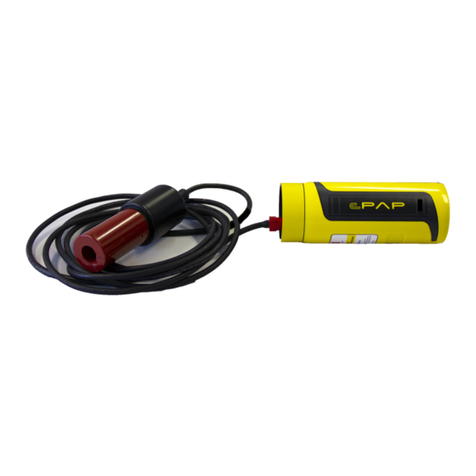
Kongsberg
Kongsberg cPAP MKII User manual
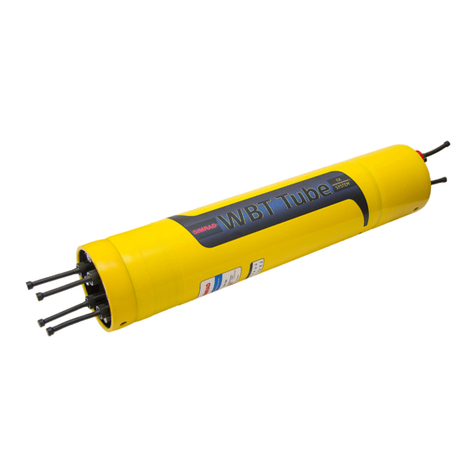
Kongsberg
Kongsberg SIMRAD WBT TUBE User manual
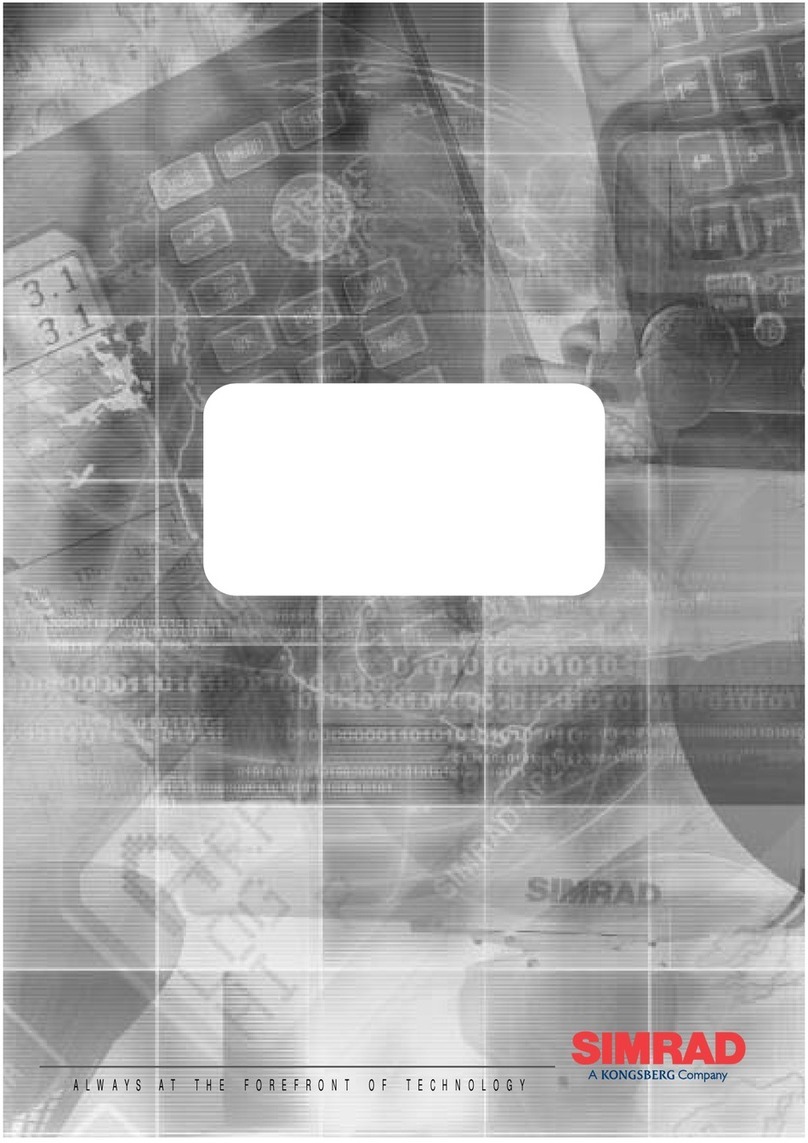
Kongsberg
Kongsberg Simrad RS86 User manual

Kongsberg
Kongsberg SIMRAD WBT MINI User manual

Kongsberg
Kongsberg cPAP30 User manual

Kongsberg
Kongsberg SIMRAD IS15 Expander User manual
Popular Transceiver manuals by other brands
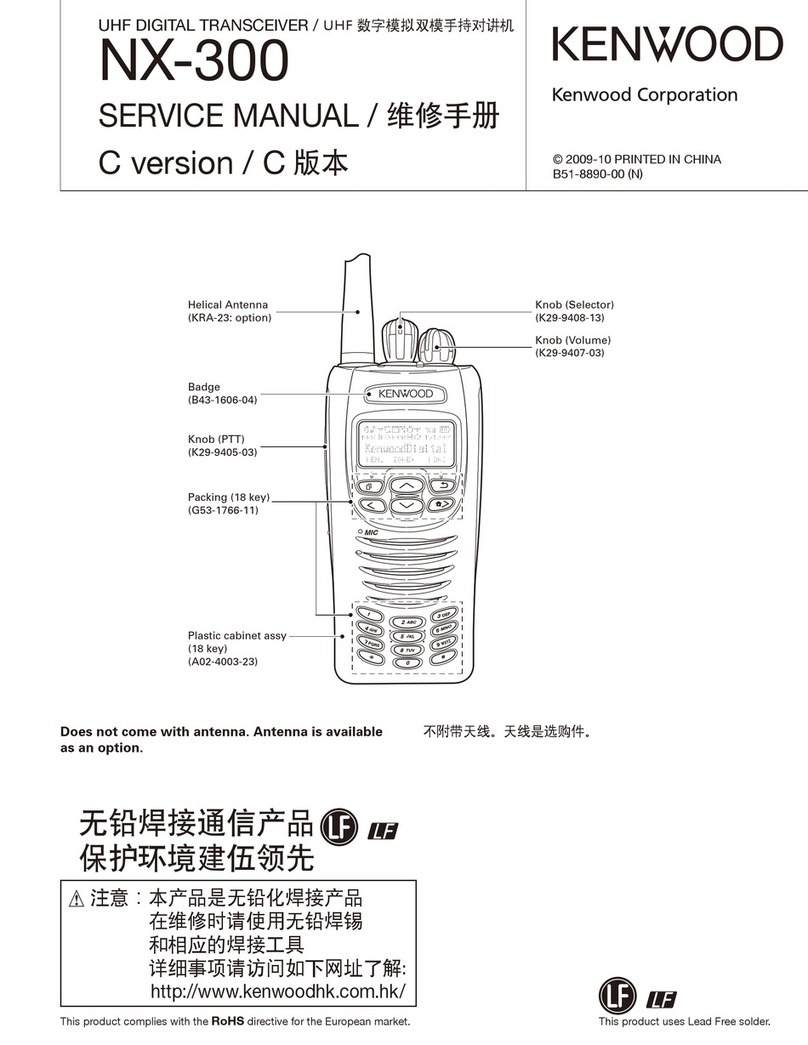
Kenwood
Kenwood NEXEDGE NX-300 Service manual
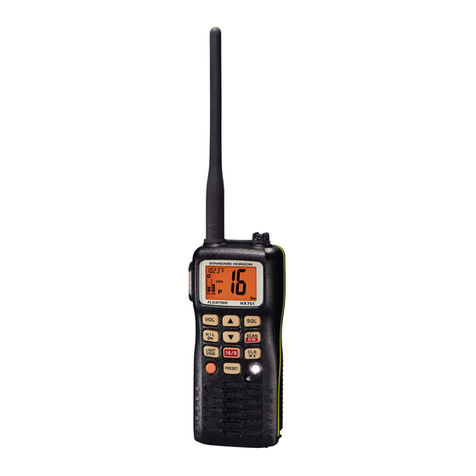
Standard Horizon
Standard Horizon HX850S owner's manual
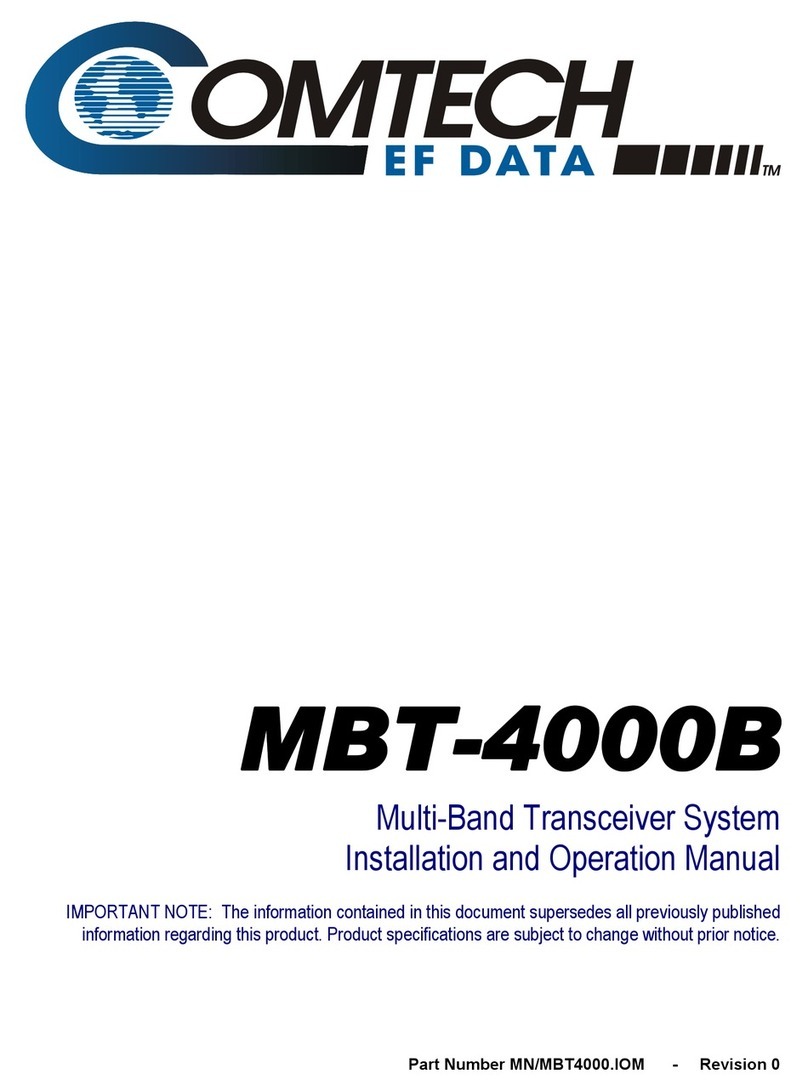
Comtech EF Data
Comtech EF Data MBT-4000B Installation and operation manual
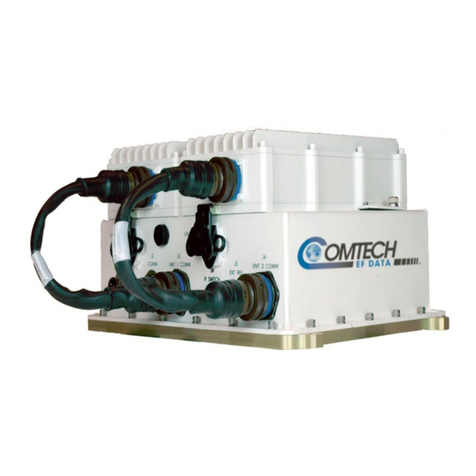
Comtec
Comtec MBT-4000 Installation and operation manual
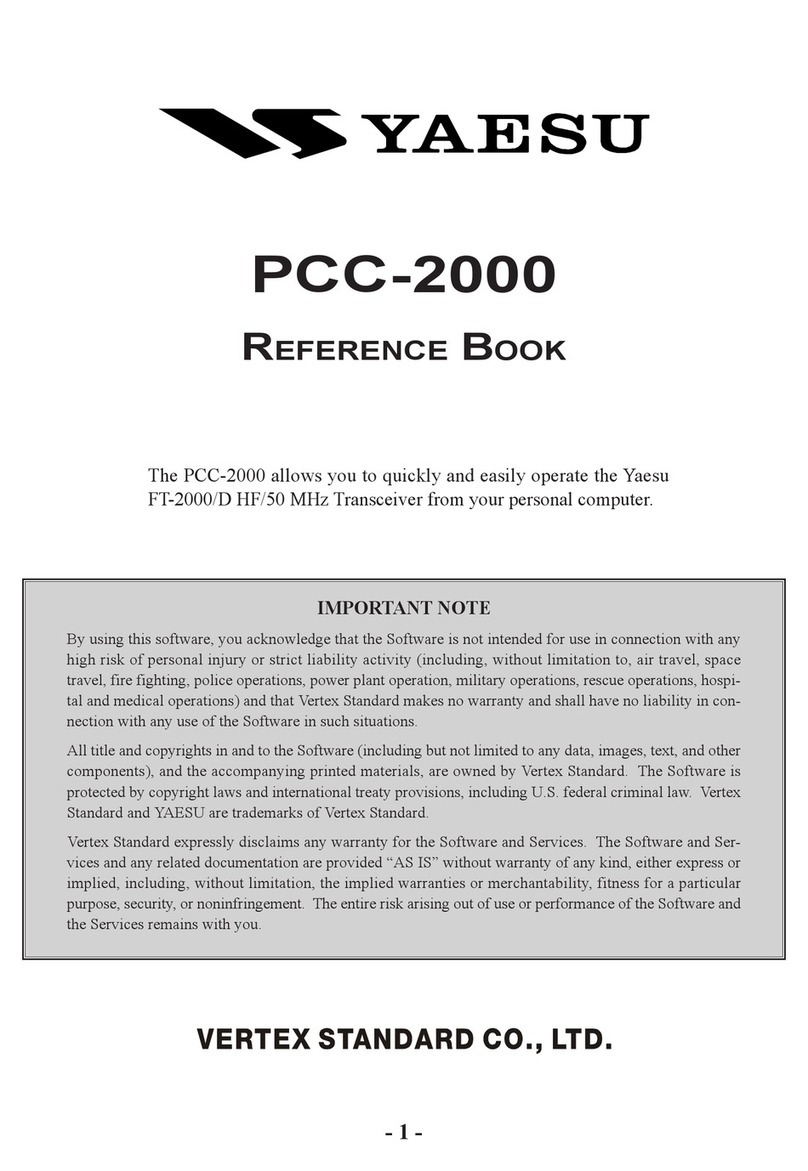
Yaesu
Yaesu PCC-2000 Reference book

Kenwood
Kenwood NEXEDGE NX-700 series Service manual
